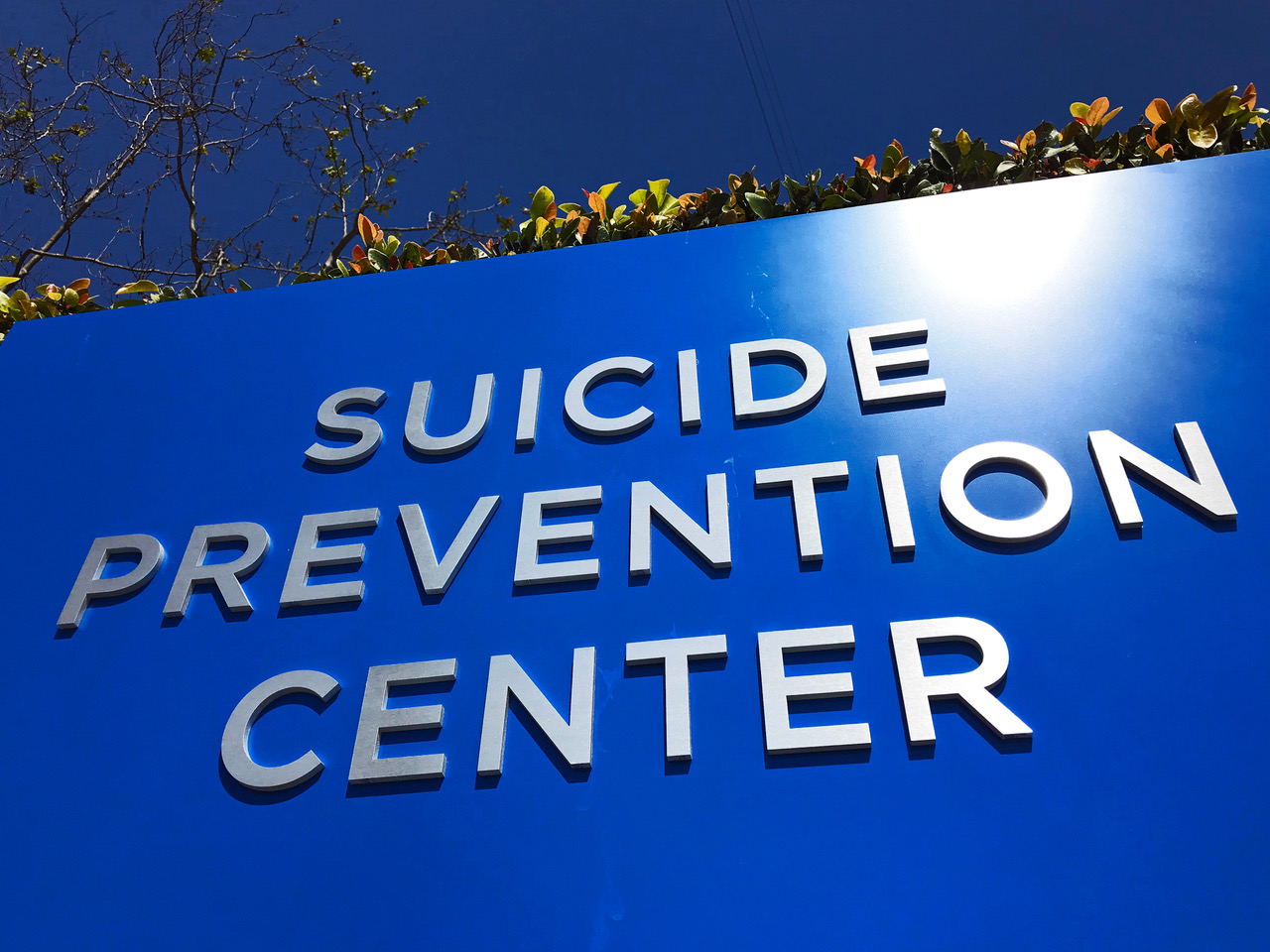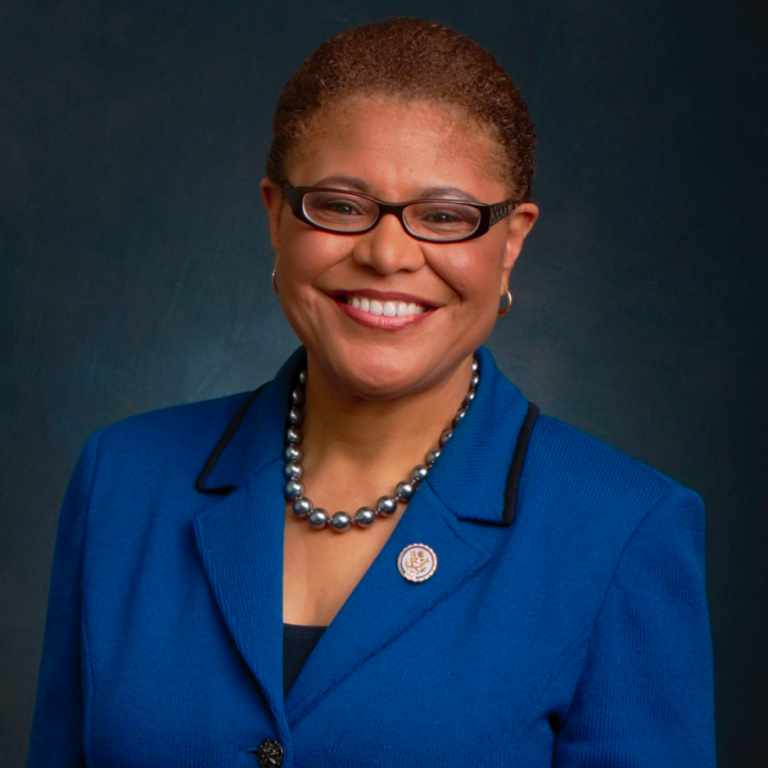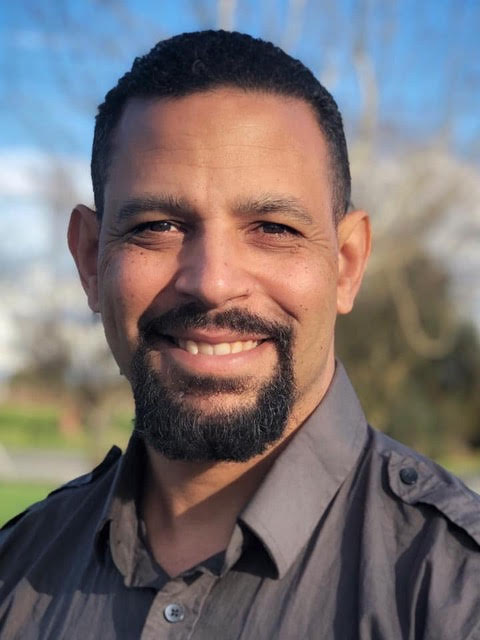
Suicide Prevention Week: A Reminder of the Mental Health Crisis Confronting Black Californians
Aldon Thomas Stiles | California Black Media
The conclusion of Suicide Prevention Week on Sept.16, served as a reminder, according to wellness advocates, of the ongoing mental health crisis faced by Black Californians.
Between 2010 and 2019, Black Californians experienced a 31.1% increase in suicide deaths, according to the California Mental Health Services Oversight and Accountability Commission.
The Center for Disease Control and Prevention (CDC) reported that between 2019 and 2020, non-Hispanic White people experienced a decrease in suicide rates by 4.5% while the rate for non-Hispanic Black people increased by 4%.
For Black men, the numbers are more dire. Over the last two decades, the suicide rate for Black men has increased by nearly 60%, according to the American Academy of Child and Adolescent Psychiatry.
Many of these suicides occur among people aged 10 to 24, prompting schools, colleges and universities to develop programs to reach out to young Black Californians dealing with mental health challenges.
The Claremont Colleges (TCC), a consortium of five private liberal arts colleges and two graduate schools located in Southern California, have implemented programs of their own.
“Across our campuses, we are continuously working to reduce or remove perceived barriers that may prevent people of color from getting services at a counseling center,” said TCC’s Director of the Monsour Counseling and Psychological Services Center (MCAPS), Dr. Gary DeGroot.
DeGroot highlighted several internal obstacles, including a mistrust of treatment and therapy, a lack of confidence in the mental healthcare system’s ability to provide culturally competent care, and fear of stigma.
Dr. Adrienne Hilliard, Senior Staff Psychologist at the Claremont Colleges, spoke about the stigma connected to treatment for mental health issues.
“I think as suicide and mental health stigma decreases, Black men are now more open to identify and report that they are in crisis and instead of silently suffering are now encouraged and willing to seek help,” said Hilliard.
She pointed to some external obstacles to seeking mental health treatment.
“Several institutional factors can contribute to the increase suicide rates for Black men: economic oppression, increased educational disparities, racism and racial trauma across all sectors, racial injustice witnessed with the recent increase in recorded murders of black men by police and others, stigma surrounding manhood and mental illness,” said Hilliard.
Black Californians had the largest increase in firearm suicide rates since the start of the COVI
D-19 pandemic, according to a study by Injury Epidemiology.
However, TCC has seen an increase in the number of students participating in their mental health programs.
“More resources, specifically for Black folks are becoming readily available,” said Hilliard. “So, statistically there may be greater representation.”
Hilliard pointed to programs like Therapy for Black Men, Black Emotional and Mental Health Collective (BEAM), Black Mental Health Alliance, and The Boris Lawrence Henson Foundation.
DeGroot, who also works closely with the Office of Black Student Affairs (OBSA), stated that students respond positively to having access to Black therapists, connecting with Black organizations and attending Black student events.
Hilliard spoke on the importance of a community-based approach to mental health care for Black students on their campuses.
“Although each campus has individual resources and services, we encourage a more community-oriented mindset when it comes to our students of color,” said Hilliard. “We understand that community is extremely important for Black students, so we maintain connections with faculty and staff across departments, such as counseling, student health, housing, etc., to ensure our students are supported on every front.
Last Friday, Gov. Gavin Newsom’s office released a statement announcing that the state, through the the California Department of Health, is investing $16.3 million in “Youth Suicide Prevention efforts” through grants dedicated to tribal entities and community-based organizations.
“Suicide ideation amongst youth has increased nationwide, especially among girls, LGBTQ+ youth, and youth of color,” said First Partner Jennifer Siebel Newsom. “Knowing this, California’s new investments in youth suicide prevention resources are absolutely critical as we work to destigmatize mental health and improve access to mental health support for young Californians and their families.”
FOR IMMEDIATE RELEASE
September 19, 2023
CONTACT:
Diana Marin (Padilla)
Adam Russell (Feinstein)
Jason Gagnon (Calvert)
Ally Kehoe (Lofgren)
Padilla, Feinstein, Calvert, Lofgren Lead CA Delegation in Urging Biden
Administration to Approve Major Disaster Declaration Following
Tropical Storm Hilary
WASHINGTON, D.C. — Today, U.S. Senators Alex Padilla and Dianne Feinstein (both D-Calif.), along with Representatives Ken Calvert (R-Calif.-41) and Zoe Lofgren (D-Calif.-18), led the entire California delegation in calling on the Biden Administration to grant Governor Gavin Newsom’s request for a major disaster declaration in response to the ongoing impacts of Tropical Storm Hilary.
Tropical Storm Hilary was the first tropical storm to make landfall in California since 1939, bringing extreme precipitation, high winds, severe flooding, and hazardous debris runoff. The storm also damaged essential water infrastructure, forcing the desalination plant on Santa Catalina Island to deenergize, which cut off water supply to half the island. Across the state, the impacts on local water infrastructure resulted in 10 boil water warnings, which impacted more than 1,000 residents.
The California state government took significant steps to respond to the storm — including supporting 24 shelters, preparing search and rescue teams, and mobilizing more than 2,000 regional transportation crews and 3,900 state police officers — but federal assistance remains critical.
“The heavy precipitation caused dangerous debris flows that threatened lives, businesses, and critical public infrastructure such as roads and waterways,” wrote the lawmakers. “In response to these dangerous conditions, the State of California marshaled all available resources to respond to this storm.”
“However, the severity and intensity of this storm require additional federal coordination and resources to effectively support the ongoing recovery efforts,” continued the lawmakers. “Therefore, we urge you to expeditiously approve California’s request for a major disaster declaration.”
According to the National Weather Service, 49 flash flooding warnings were issued in just the first 48 hours of the storm. During the same time period, Imperial County received 3.26 inches of rain, which is more than the county’s normal annual rainfall. San Bernardino County received 13.54 inches of rain over that period, with wind gusts up to 80 miles per hour. Near Palm Springs, Interstate 10, a vital transportation and distribution artery between the East and West Coasts, was closed in both directions due to massive debris flow. The debris flow covered all lanes of traffic and left hundreds of vehicles stranded.
In response to the storm, the lawmakers specifically requested that President Biden approve public assistance for Imperial, Inyo, Kern, Los Angeles, Riverside, San Bernardino, San Diego, Siskiyou, and Ventura counties. They also requested the Biden Administration authorize U.S. Small Business Administration disaster loans and funds, the U.S. Department of Agriculture Emergency Loan Program, and Hazard Mitigation across the state.
In addition to Senators Padilla and Feinstein and Representatives Calvert and Lofgren, the letter is also signed by House Speaker Kevin McCarthy (R-Calif.-20), Speaker Emerita Nancy Pelosi (D-Calif.-11), and all 52 members representing the state in the House of Representatives: Pete Aguilar (D-Calif.-33), Nanette Barragán (D-Calif.-44), Ami Bera (D-Calif.-06), Julia Brownley (D-Calif.-26), Salud Carbajal (D-Calif.-24), Tony Cárdenas (D-Calif.-29), Judy Chu (D-Calif.- 28), J. Luis Correa (D-Calif.-46), Jim Costa (D-Calif.-21), Mark DeSaulnier (D-Calif.-10), John Duarte (R-Calif.-13), Anna Eshoo (D-Calif.-16), John Garamendi (D-Calif.-08), Mike Garcia (R-Calif.-27), Robert Garcia (D-Calif.-42), Jimmy Gomez (D-Calif.-34), Josh Harder (D-Calif.-09), Jared Huffman (D-Calif.-02), Darrell Issa (R-Calif.-48), Sara Jacobs (D-Calif.-51), Sydney Kamlager-Dove (D-Calif.-37), Ro Khanna (D-Calif.-17), Kevin Kiley (R-Calif.-03), Young Kim (R-Calif.-40), Doug LaMalfa (R-Calif.-01), Barbara Lee (D-Calif.-12), Mike Levin (D-Calif.-49), Ted Lieu (D-Calif.-36), Doris Matsui (D-Calif.-07), Tom McClintock (R-Calif.-05), Kevin Mullin (D-Calif.-15), Grace Napolitano (D-Calif.-31), Jay Obernolte (R-Calif.-23), Jimmy Panetta (D-Calif.-19), Scott Peters (D-Calif.-50), Katie Porter (D-Calif.-47), Raul Ruiz (D-Calif.-25), Linda Sánchez (D-Calif.-38), Adam Schiff (D-Calif.-30), Brad Sherman (D-Calif.-32), Michelle Steel (R-Calif.-45), Eric Swalwell (D-Calif.-14), Mark Takano (D-Calif.-39), Mike Thompson (D-Calif.-04), Norma Torres (D-Calif.-35), David Valadao (R-Calif.-22), Juan Vargas (D-Calif.-52), and Maxine Waters (D-Calif.-43).
Last month, Senators Padilla and Feinstein called on Senate leadership to include $310 million in the upcoming emergency supplemental bill to repair infrastructure needed to treat raw sewage spilling across the border from Mexico following Tropical Storm Hilary. Padilla also visited the Los Angeles Emergency Operations Center in the immediate aftermath of the storm to receive a briefing on damage assessments, improve preparedness, and thank first responders and emergency personnel for their around the clock work to keep Angelenos safe.
Full text of the letter is available here and below:
Dear President Biden:
We write in support of the State of California’s request for a major disaster declaration in response to the impacts of Tropical Storm Hilary that began on August 19, 2023. Tropical Storm Hilary was the first tropical storm to strike California since 1939 and it brought severe and unseasonal precipitation and high winds, as well as river and urban flooding in many areas of our state. The heavy precipitation caused dangerous debris flows that threatened lives, businesses, and critical public infrastructure such as roads and waterways.
In response to these dangerous conditions, the State of California marshaled all available resources to respond to this storm. This includes supporting twenty-four shelters across the state, mobilizing the National Guard, prepositioning swift water rescue and urban search and rescue teams, and mobilizing more than 2,000 regional transportation crews and 3,900 state police officers.
However, the severity and intensity of this storm require additional federal coordination and resources to effectively support the ongoing recovery efforts. Therefore, we urge you to expeditiously approve California’s request for a major disaster declaration and provide all categories of Public Assistance for the following counties: Imperial, Inyo, Kern, Los Angeles, Riverside, San Bernardino, San Diego, Siskiyou, and Ventura; any other appropriate Stafford Act disaster assistance programs; U.S. Small Business Administration disaster loans and funds from the U.S. Department of Agriculture Emergency Loan Program; and Hazard Mitigation statewide.
Sincerely,







